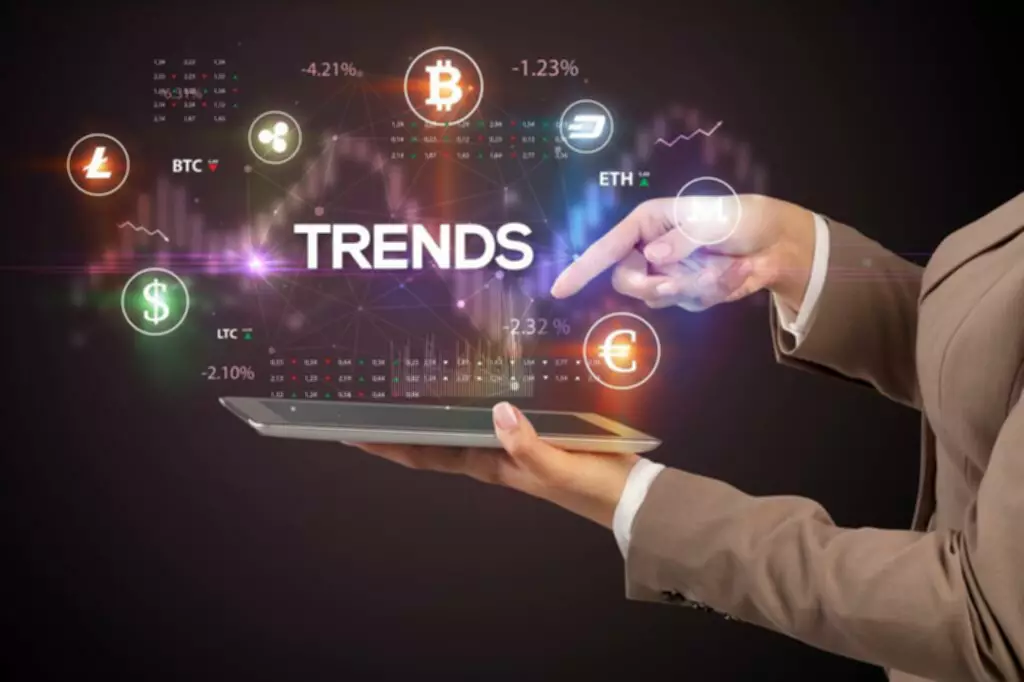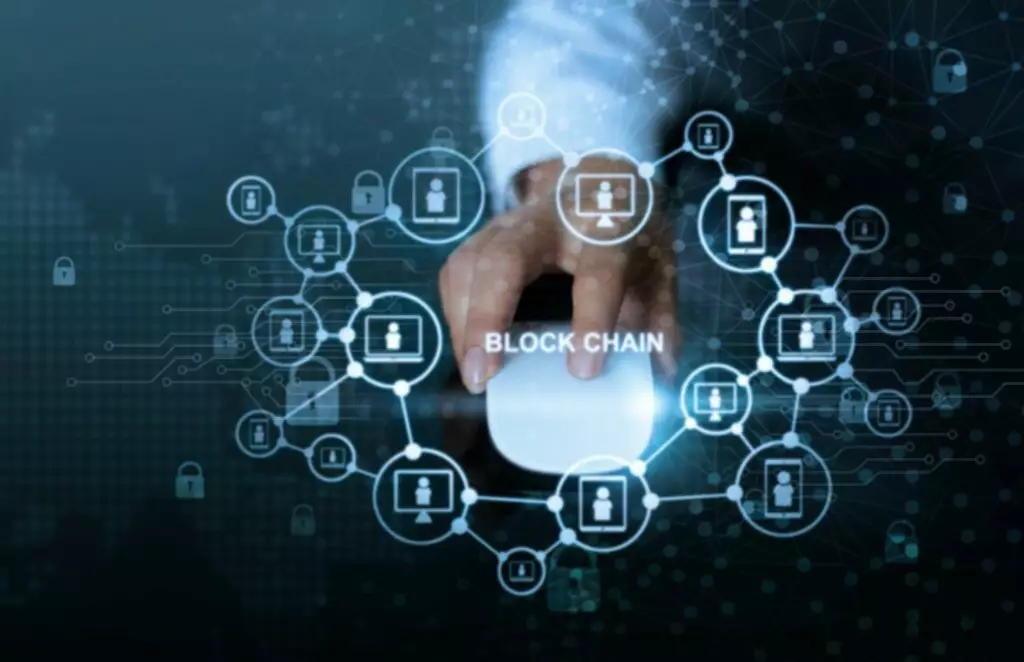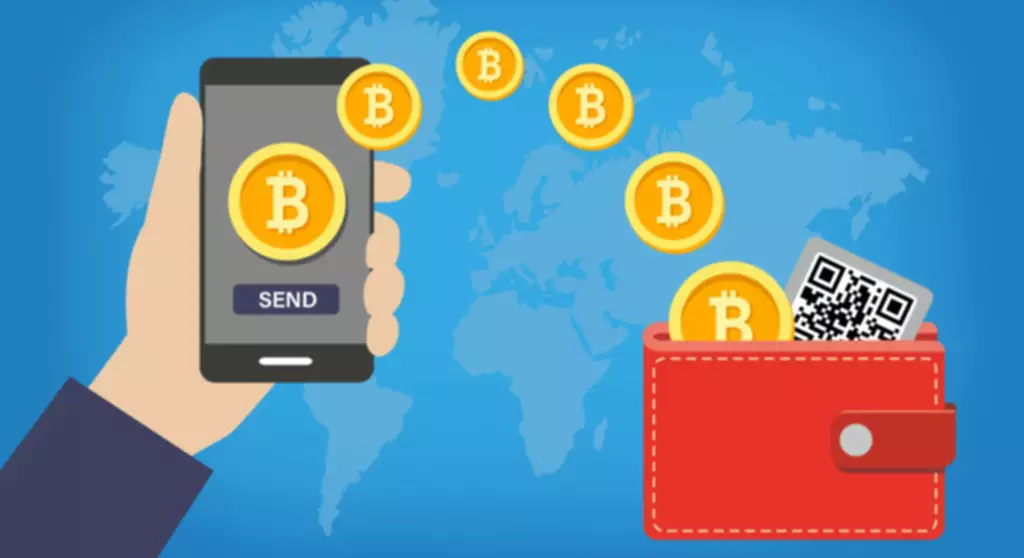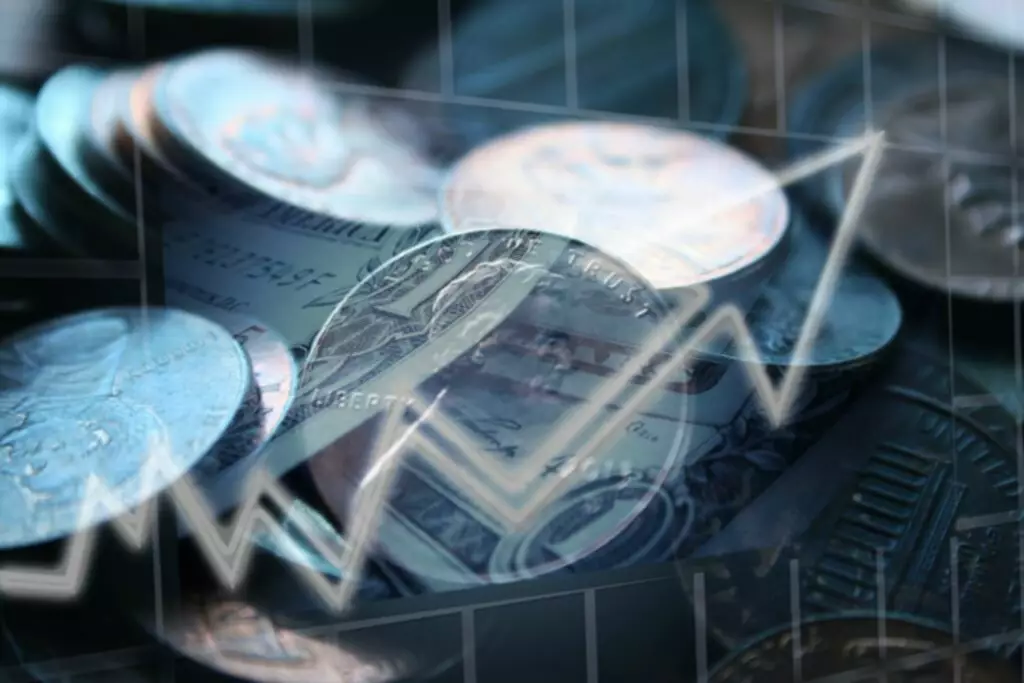Burn And Minting Equilibrium In Blockchain
Содержание
CoinSwap offers the same utilities that PancakeSwap offers, including staking, liquidity pools and swapping. CoinSwap, though, has a suite of tools that makes the user experience much easier. If the advantages that CoinSwap has over PancakeSwap can bring users onto the DEX it would create a huge utility for the CSS token. The burn and mint equilibrium is a controversial feature of some cryptocurrencies and is not without its critics. The burn and mint process also helps to secure the network by making it more expensive to mount a 51% attack. Shiba Swag is an online store that was started by a #SHIBArmy activist.

Burn and minting equilibrium is a situation where the new block creation rate equals the block destruction rate. Burn and minting equilibrium is a key feature of blockchain technology that helps ensure the network’s stability. Without this equilibrium, the network would be subject to inflationary or deflationary forces that could destabilize the system.
Taking Control
In this post, I’ll refer to the tokenized contracts which are created and destroyed by GST2 as “dummy” contracts. To save on gas costs for the actual creation and destruction of the contracts, deployment of the “dummy” contracts is done with bytecode and Solidity assembly. However, now that the bull market has faltered and there is genuine potential for entering a bear market we will have a chance to truly see the long term effects of the deflationary model.
The Shib token entered the crypto industry a little over a year ago. At the same time, it has already made waves by disrupting the status quo of the canine segment of the crypto market, previously dominated by the DOGE coin. Read our article and learn why people burn SHIB and how you can participate in the process by using NOWPayments’ SHIB payment gateway.

Besides apparel, Expressiffy offers customized AirPod cases, phone grip rings, pillows, teddy bears and other accessories. That’s a great question – and the answer can be found with a quick recap of the dynamics of supply and demand.
These events have seen BNB rise from $38 in January to highs of $638.57. The London fork (also called EIP-1559) will make changes to Ethereum’s transaction fee structure. It will also introduce Ethereum Improvement Proposals which intend to further reduce Ethereum fees and make the blockchain more user-friendly. Currently, Ethereum hosts the vast majority of DeFi and NFT projects. As the second largest blockchain, this upgrade represents a seismic shift in the crypto industry. The congestion on the network has raised fees and has proved a massive barrier to Ethereum being fully utilized but this may all be about to change.
Fees from BSC and Binance Chain are used to purchase BNB on the open market at market price. The coins are then sent to a wallet they can’t be retrieved from. Coin burning involves sending a certain sum of your cryptocurrency to another address which is not owned by any user. Such an address is usually called a burn address which means that it will never be accessed by any user or assigned to anyone. And it is another key example of how token burning can be utilised to control crypto value.
What Is Burn And Mint Equilibrium?
Generating a unique medium of exchange on burn.art is a case study on the power of creative tokenomics. A bear market will, of course, see the demand for crypto tokens decrease significantly. That being said, the decrease in demand is potentially counteracted by the decrease in supply. So as long as the blockchain https://xcritical.com/ or DEX is being used enough for a significant amount of tokens to be burned, the price can stabilize. In a burn and mint equilibrium, the total supply of a cryptocurrency is reduced over time as coins are “burned” permanently removed from circulation while new coins are “minted” to offset the loss.
The dog of the same breed was used in a popular meme, which then became a symbol of the DOGE coin. Nevertheless, over time, the Shiba Inu coin turned into a full-blown Defi project with its own ecosystem. Today, in addition to SHIB, there are tokens called BONE and LEASH which together make up ShibaSwap, a decentralized exchange developed by the Shiba coin team. Any call to the newly created contract coming from the GST2 token contract will destroy it, passing on the gas refund for use in the rest of the transaction. If it doesn’t come from the GST2 contract, then the call will revert .
The result is a deflationary spiral in which the value of each coin increases as the total supply decreases. In order to mint gas tokens, an account or contract simply needs to call the public mint function. If you look into the actual contract code of GasToken2, you’ll see the makeChild function. The makeChild() function is marked as internal, and gets called repeatedly in the public mint function to mint the specified number of tokens. The purpose of the makeChild function is to deploy a contract with a minimal amount of bytecode, which can later be destroyed by the GST2 contract for a refund.
- This effectively took nearly $600 million worth of BNB out of circulation forever.
- The free, freeUpTo, freeFrom and freeFromUpTo functions all call destroyChildren with some value, which is the number of gas tokens to destroy.
- We are committed to taking a share of our SHIB earnings and allocating it to burning.
- Let’s get to know it.Token burning means destroying a coin or token permanently – but why do this?
- Corporate buy backs are commonplace for public companies, and entail the company buying back some of their own stocks and shares from the market, in a bid to increase the value of the remaining supply.
- Tokens that are spent on transaction fees or on other processes on the network are sent to a burn wallet, with no chance of retrieval.
Just to be clear, the concept of a deflationary token is somewhat different in crypto than in traditional finance. Rather than referring to a decrease in price, a deflationary token is one where the total number of tokens on the market will decrease over time. Tokens that are spent on transaction fees or on other processes on the network are sent to a burn wallet, with no chance of retrieval. Deflationary tokenomics are likely to become an even more significant part of the crypto industry in the months to come. For starters, Ethereum will soon switch to a model that burns tokens every time a transaction occurs on the network and this will likely lead to the blockchain becoming deflationary. Holding ASH permits burn.art users to buy and sell digital assets on the platform.
Possible Improvements For Gas Tokens
One good example of this is Olympus DAO. It’s native currency OHM is managed by an algorithm that adjusts the circulating OHM supply to control the value of the token. If the price of OHM drops below a certain point the algorithm will automatically burn some of its supply to maintain price parity with DAI. Conversely, if the price exceeds this level, new tokens will be minted and added to the supply to stabilize the token value. This process called “rebasing” and is the foundation for a raft of stablecoin innovation in DeFi 2.0. Impacting value via supply is not a new concept, especially when it comes to finance.

This presents an opportunity for developers to create decentralized apps that are aimed specifically at the retail investor. This has led to a huge DeFi ecosystem growing on BSC since it was launched less than one year ago. All the transactions that this ecosystem brings to the chain are responsible for the huge rise in price.
Burning Gas Tokens
The burning of 6 billion dollars worth of SHIB by Vitalik Buterin inspired thousands of SHIB holders to do the same. Now, Shibburning is one of the largest crypto-burning movements in the industry. NOWPayments fully supports this movement and is willing to make its contribution to it. The higher the demand for a given asset, generally the higher its value. So where the supply of a given coin or token is fixed there is scope to impact its value by destroying some of that supply.
What Is Cryptocurrency Coin Burning? – The Motley Fool
What Is Cryptocurrency Coin Burning?.
Posted: Wed, 10 Nov 2021 18:18:54 GMT [source]
Having experience in e-commerce, he started Shiba Swag, providing the community with cool products, such as mugs, T-shirts, phone cases, hoodies, and so on. Let’s look at some key use cases for token burning, to get a better understanding of this dynamic in action. In short, token burning is the digital equivalent of stashing a ton of money in a safe and locking it without knowing the access code. Here, we explain the practice of token burning, its various use cases within the crypto ecosystem, and dynamics to be aware of.
They are destroyed through calls to the internal destroyChildren function. Most notably though, a portion of the transaction fee will now be burned. Ethereum does not have a hard cap meaning tokens are also continually released onto the market. This means it is not necessarily true that this new model will lead to the total supply decreasing rather than just slowing down. However, the current usage of the Ethereum network means that it will almost certainly lead to Ethereum becoming deflationary.
It shows the potential for a deflationary token that has strong use cases. During the crypto bull market of the last year, deflationary tokenomics were a major force in many of the record price increases in the industry. The knowledge that the amount of certain tokens was decreasing over time triggered a stampede of investors to get in early, multiplying a token’s value many times over, sometimes in just a matter of days.
More Articles On
In a burn and mint equilibrium, the incentives are aligned so that holders of the currency have an incentive to hold onto their coins and not spend them. This can create a virtuous circle in which holders are rewarded for their patience and the currency becomes more valuable over time. Project developers can mislead their community by claiming that coins are being burned while, in reality, the coins are being sent to a wallet which they control. Once the price increases, the developers could sell off their coins and walk away with a hefty profit, leaving remaining stake holders with worthless tokens. The bottom line is that even if we are entering a bear market, DeFi isn’t going anywhere. The ability to invest tokens into an interest bearing smart contract might prove even more attractive in a bear market.

Yet, Vitalik refused to rest on his laurels and burned 90% of his holdings while donating 10% of it to India’s Covid Relief Fund. The burn made by Vitalik became one of the biggest ones in the history of crypto since the total sum he disposed of equaled 6 billion dollars. Such an event quickly made it to all major media around the world, instantly making SHIB one of the most popular coins on the market.
Tether Usdt Shaken By Stablecoin Market Storm
Among many revolutionary features, perhaps the most appealing aspect of crypto currency is the control it restores to users. Tether is subject to burn an equal amount of USDT when users apply to redeem the stablecoin for fiat. Shibburning is an initiative to reduce the circulating supply of SHIB and thus power its price growth.
Economics 101 will tell you that if you reduce the supply of a token, its price should increase. This statement is only valid though, as long as there is demand for the token. Deflationary tokens that have real utility could prove a safe harbor in the long term.
Control of the money supply has traditionally rested exclusively with central entities. But increasingly, the decentralized nature of blockchain means projects themselves, artists and even regular people like you and me can use supply as a vector to impact the value of what we hold. The crypto community is relatively new and being well informed can protect you from bad actors who lurk in the shadows. However, unlike CAKE tokens, CSS tokens have a hard cap, that’s only 19,999,999. This means that unlike CAKE tokens, which can be released indefinitely, every time CSS tokens are burned the supply permanently decreases.
Why Do People Burn Shib?
The fees from these chains are responsible for Binance being able to hold truly massive burning events. For example, at the end of the first how to become a cryptocurrency broker quarter of 2021 Binance burned a total of 1,099,888 BNB. This effectively took nearly $600 million worth of BNB out of circulation forever.
The purpose of burn and mint equilibrium is to ensure that the supply of a currency is in equilibrium with the demand for that currency, so it ensures that the total supply of a cryptocurrency is constant. This is done by “burning” a certain amount of the currency each time it is traded, and “minting” new units of the currency to replace the ones that were burned. This system helps to control the money supply and keep the price of the currency stable.
